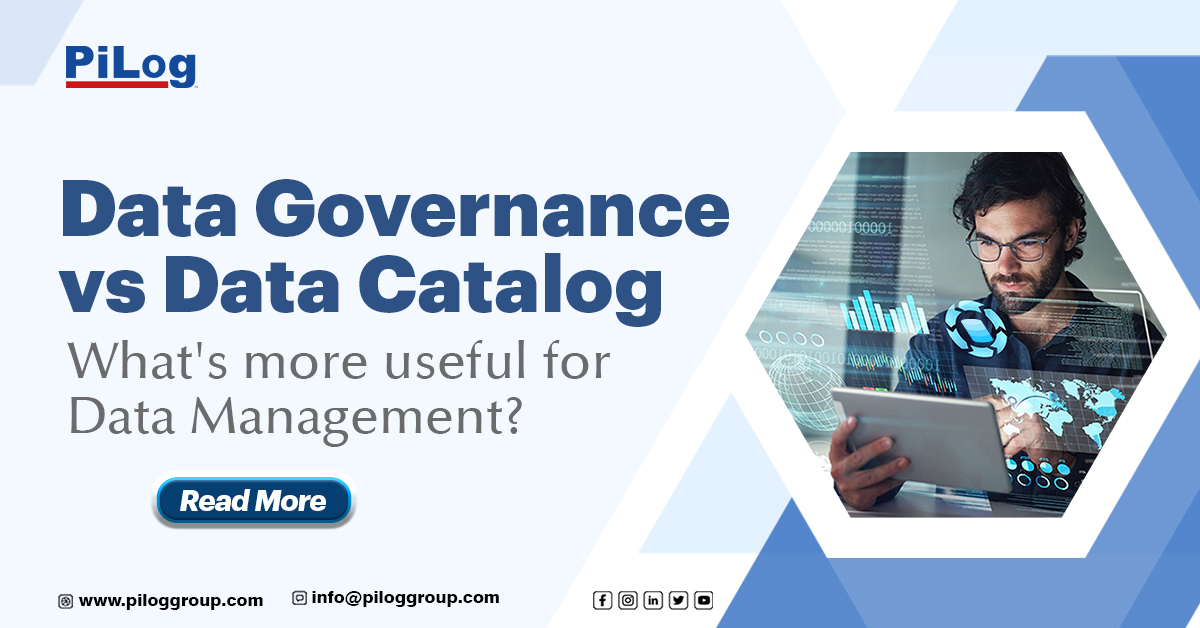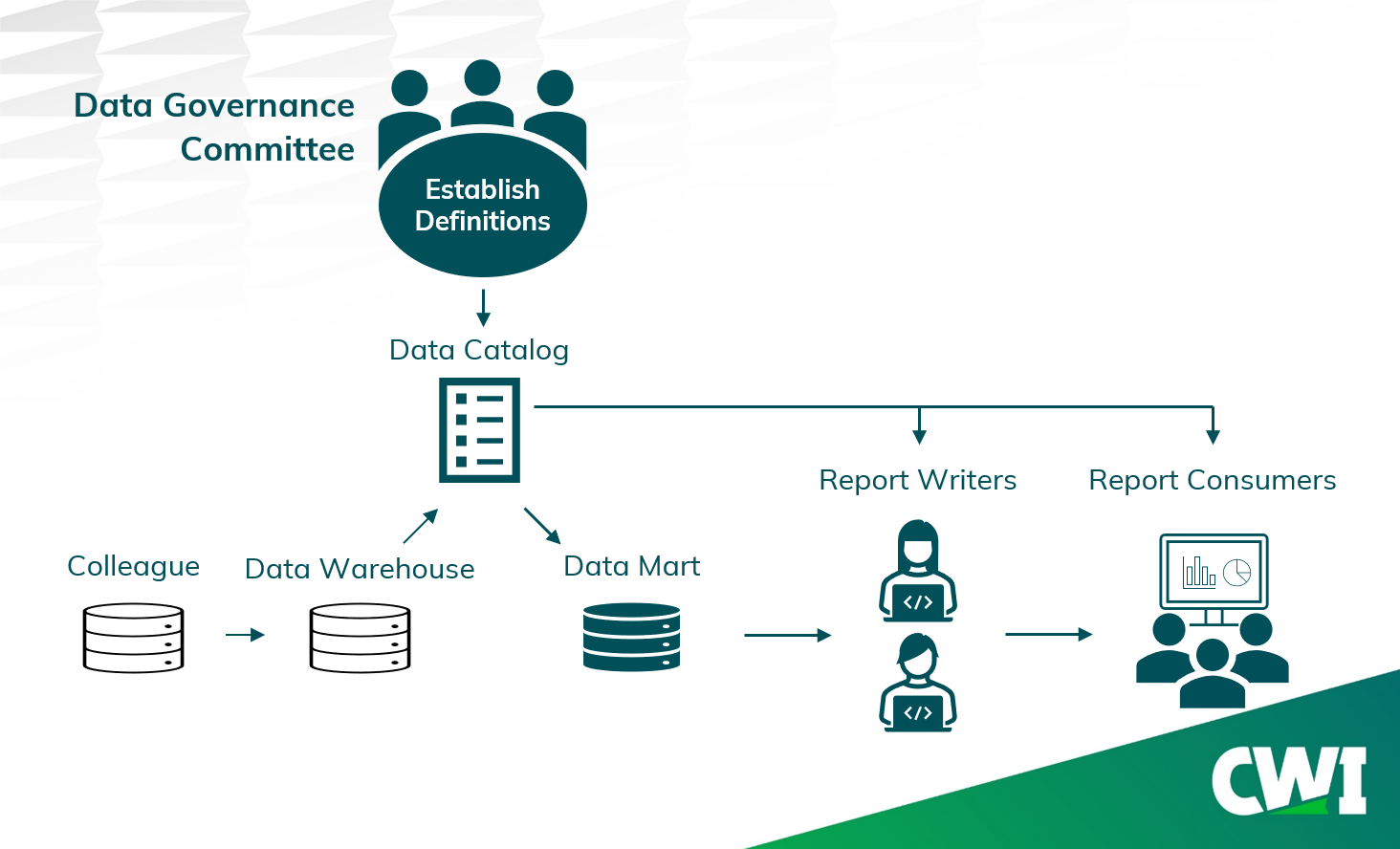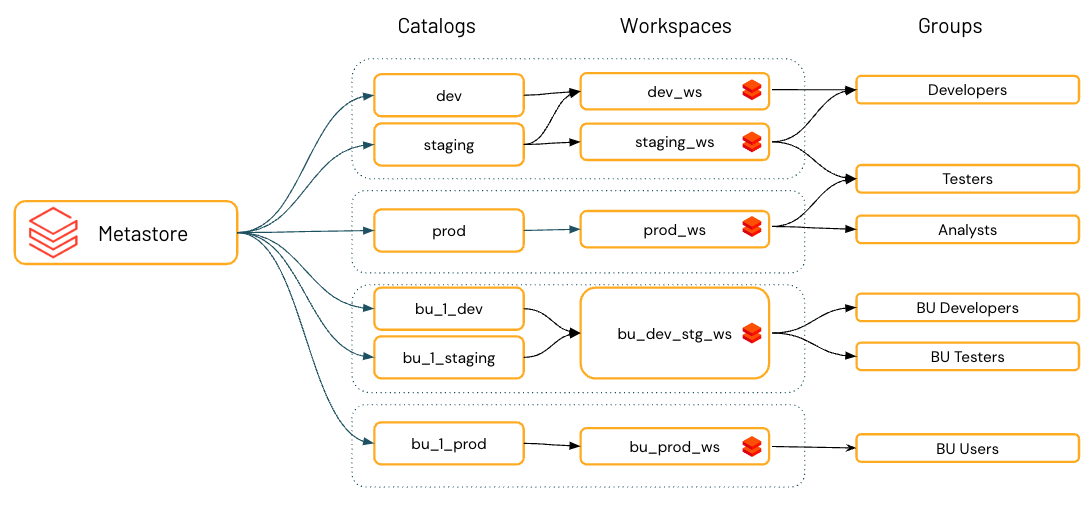Data Catalog Governance
Data Catalog Governance - Data catalogs capture and manage the metadata that describes data sets and data elements. They are analogous to document management systems that use metadata to describe documents, only their purpose is strictly for structured data. Let’s start with looking into what the data governance technology market can offer and what types of data catalogs exist. A data catalog is a software application that creates an inventory of an organization's data assets to help data professionals and business users find relevant data for analytics uses. Data governance establishes policies, security, and compliance frameworks to maintain data integrity, while a data catalog structures and classifies data assets to make them discoverable and usable. Be sure to catalog the industry specific as well as federal/state/local data requirements and reference those in the governance strategy. Effective data governance requires careful management of data throughout its lifecycle. Roughly there are 4 main categories of data catalogs. Effective & secure management of data assets is critical for any organization. In today’s rapidly evolving digital landscape, data is a powerful driver of economic growth, innovation, and societal progress. By consolidating this information, a data catalog simplifies data discovery, supports more effective data governance, and enables organizations to maximize the value of their data. Data governance, including security and compliance, is paramount for any organization dealing with sensitive data. New atlan named a visionary in the 2025 gartner® magic quadrant™ for data and analytics governance. A data catalog creates and maintains an inventory of an enterprise’s data assets across its entire digital environment. In this, the final blog of the series, i lay out how to get started quickly with data governance. Data governance focuses on the effective management and control of an enterprise’s data assets. The results of better data unity and governance. This includes defining data ownership, assigning data classifications, establishing data quality standards, and ensuring compliance with regulations like gdpr and ccpa. Effective data governance ensures that data is consistent and trustworthy. Without data governance, a data catalog can quickly become outdated and inaccurate. Data governance establishes policies, security, and compliance frameworks to maintain data integrity, while a data catalog structures and classifies data assets to make them discoverable and usable. Data catalogs play a pivotal role in ensuring. In such environments, complex digital and data initiatives require close coordination across departments. Be sure to catalog the industry specific as well as federal/state/local data. A data catalog is a software application that creates an inventory of an organization's data assets to help data professionals and business users find relevant data for analytics uses. Why do you need a. By consolidating this information, a data catalog simplifies data discovery, supports more effective data governance, and enables organizations to maximize the value of their data. In. Adopting unity catalog has fundamentally transformed data governance at groupement mousquetaires. Implement a data catalog or governance platform. If you’re serious about data governance, the first step is to explore a data catalog. The results of better data unity and governance. It also ensures that data is used in compliance with regulations and organizational policies. We are seeking an experienced data governance lead with 10+ years of experience to join our team. In this, the final blog of the series, i lay out how to get started quickly with data governance. A data catalog creates and maintains an inventory of an enterprise’s data assets across its entire digital environment. Without data governance, a data catalog. Effective & secure management of data assets is critical for any organization. A data catalog is a software application that creates an inventory of an organization's data assets to help data professionals and business users find relevant data for analytics uses. While data governance identifies data owners, stewards, and users, the data catalog shows the data assets of an organization. A data governance strategy ensures your data is reliable, secure, and used effectively across your organization. This includes defining data ownership, assigning data classifications, establishing data quality standards, and ensuring compliance with regulations like gdpr and ccpa. Data governance establishes policies, security, and compliance frameworks to maintain data integrity, while a data catalog structures and classifies data assets to make. A data catalog creates and maintains an inventory of an enterprise’s data assets across its entire digital environment. Why do you need a. A data catalog is crucial for data governance as it provides a searchable inventory of an organization's data assets, improves data understanding. Data governance, including security and compliance, is paramount for any organization dealing with sensitive data.. Let’s start with looking into what the data governance technology market can offer and what types of data catalogs exist. Adopting unity catalog has fundamentally transformed data governance at groupement mousquetaires. Roughly there are 4 main categories of data catalogs. In a nutshell, it helps. In such environments, complex digital and data initiatives require close coordination across departments. If you’re serious about data governance, the first step is to explore a data catalog. It also ensures that data is used in compliance with regulations and organizational policies. A data governance strategy ensures your data is reliable, secure, and used effectively across your organization. Learn how data catalogs enhances the impact of data governance framework. Data governance is a. Be sure to catalog the industry specific as well as federal/state/local data requirements and reference those in the governance strategy. Effective & secure management of data assets is critical for any organization. Implement a data catalog or governance platform. Data governance focuses on the effective management and control of an enterprise’s data assets. It also ensures that data is used. This is where metadata, ownership, lineage, and usage insights come together. Effective data governance requires careful management of data throughout its lifecycle. In today’s rapidly evolving digital landscape, data is a powerful driver of economic growth, innovation, and societal progress. A data catalog is a strategic tool that helps organizations unlock the full value of their data. A data governance strategy ensures your data is reliable, secure, and used effectively across your organization. Learn how data catalogs enhances the impact of data governance framework. What is a data catalog? Data governance is the process of managing the availability, usability, integrity, and security of the data in enterprise systems, based on the internal data standards and policies that control data usage. While data governance identifies data owners, stewards, and users, the data catalog shows the data assets of an organization and where they’re located. If you’re serious about data governance, the first step is to explore a data catalog. Effective data governance ensures that data is consistent and trustworthy. A data catalog creates and maintains an inventory of an enterprise’s data assets across its entire digital environment. Data governance focuses on the effective management and control of an enterprise’s data assets. Let’s start with looking into what the data governance technology market can offer and what types of data catalogs exist. In a nutshell, it helps. At the most basic level, data governance and data catalogs intersect in their use of data and data sets.Data Catalog and Data Governance How Do They Complement?
Enterprise Data Governance with Modern Data Catalog Platforms Gigaom
Metadata Management & Data Catalog (Data Architecture Data Governance
Implementation reference architecture diagrams Enterprise Data
Data Governance vs Data Catalog Key Differences and Benefits
Informatica Cloud Data Governance and Catalog Demo YouTube
Data Governance Committee Launches CWI Enterprise Data Catalog CWI
Data governance overview Azure Databricks Microsoft Learn
Cloud Data Governance and Catalog Deep Dive Demo Data Quality
The Two Ways of Building Data Governance Accurity Blog
In Such Environments, Complex Digital And Data Initiatives Require Close Coordination Across Departments.
Implementing A Data Catalog Involves Several Strategic Steps To Ensure It Meets Your Organization's Needs And Integrates Seamlessly With Your Existing Data Infrastructure.
Roughly There Are 4 Main Categories Of Data Catalogs.
By Consolidating This Information, A Data Catalog Simplifies Data Discovery, Supports More Effective Data Governance, And Enables Organizations To Maximize The Value Of Their Data.
Related Post:









